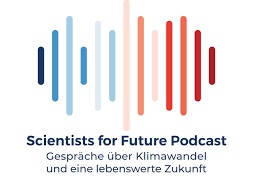Four funding models
But who should fund the reduction in working hours? The research team sketched out four possible approaches. The first would be by simply reducing earnings, meaning that employees would receive less money for less work. Cushioning the social impact is one of the central issues of this model. “We propose adopting a model that combines reduced working hours with incremental wage compensation,” says Bader. Under this model, people currently working 42 hours but earning less than the median wage would be able to work 30 hours in the future, for example, but without any loss of pay. They would still be earning the same amount but have more time available. Conversely, high-income individuals would be compensated at most for just a portion of their reduced earnings. That means they would earn slightly less, but likewise have more time. “Since a higher income has statistically been proven to have a greater environmental impact, this would also make sense from an environmental perspective,” explains Bader and stresses that “It’s important to see that quality of life isn’t just measured by the amount of money somebody has – time is also a type of wealth.”
The second variant outlined by the CDE research team: Keeping wages and salaries the same despite the reduction in hours. “In this case, employers could or would increase the prices of their products and services. Indirectly, this approach would also be supported by the employees, at least in part,” Bader says. A third option would be to finance the reduction in hours of gainful employment through taxes, namely by taxing work to a lesser degree and raising both capital and environmental taxes. The researchers consider the fourth option particularly interesting: “It’s entirely conceivable that a general reduction in working hours in Switzerland could reduce costs for both healthcare and unemployment insurance,” says Bader. Studies show that people who have reduced their hours of work are less likely to experience burnouts. According to the Job Stress Index, around a third of Switzerland’s five million workers are currently emotionally exhausted. “With that in mind, a reduction in hours might even be cost neutral from a macroeconomic perspective,” says Bader. That would have to be examined in greater detail, however.

